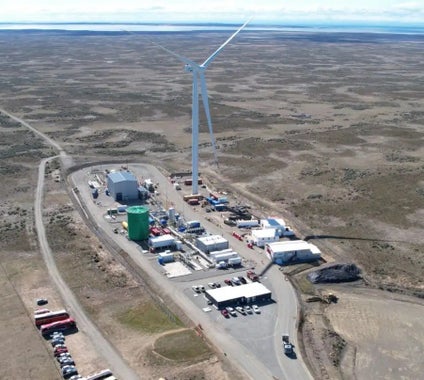eFuels pilot plant in Chile officially opened : wind energy enable the nearly CO~2~-neutral operation of petrol engines
20/12/2022 Porsche and international partners working with the Chilean operating company Highly Innovative Fuels (HIF) have started the industrial production of synthetic fuels.
…porsche.com/…/porsche-highly-innovative-fuels-hi…







Add comment